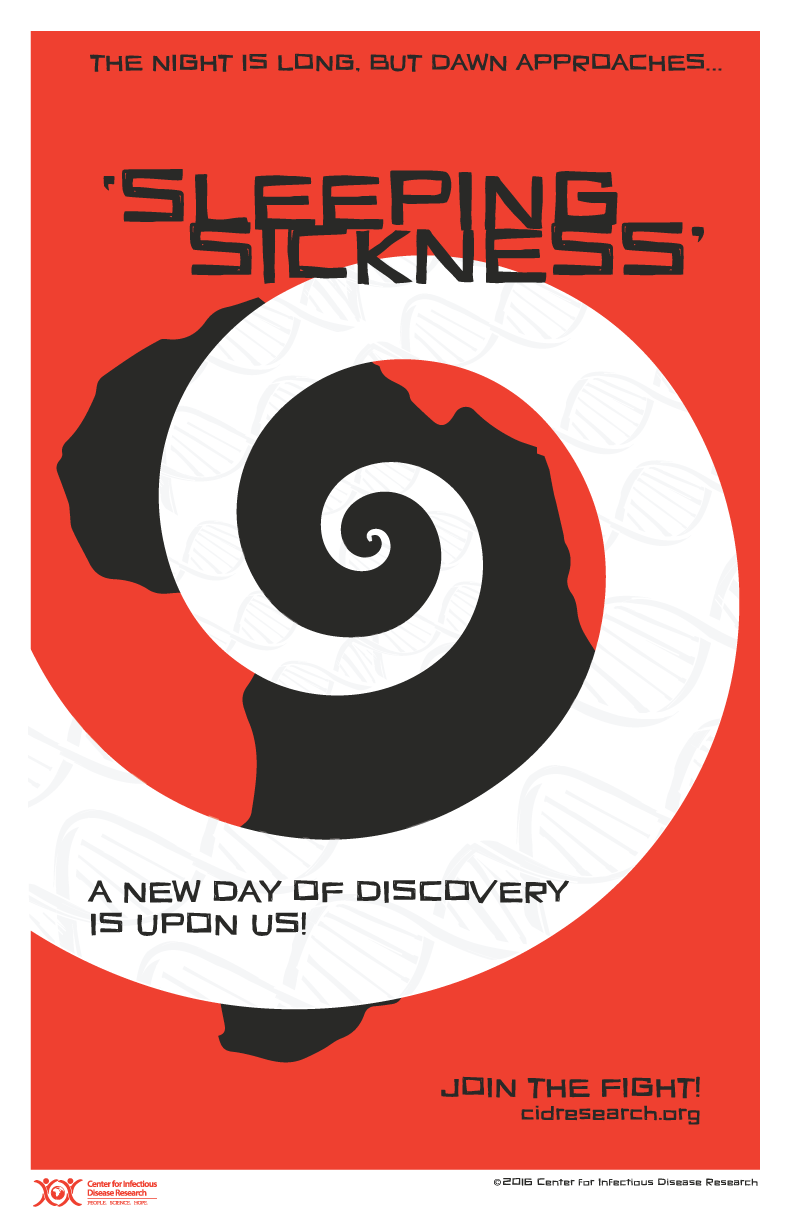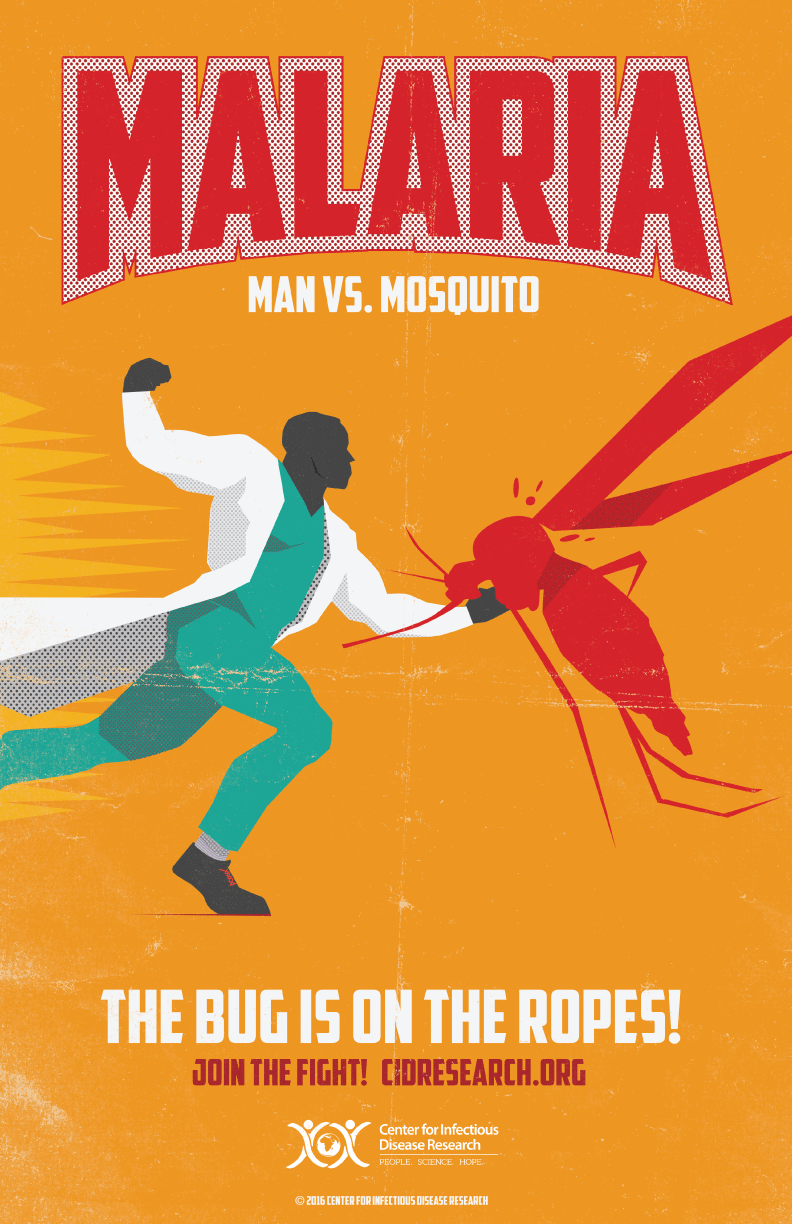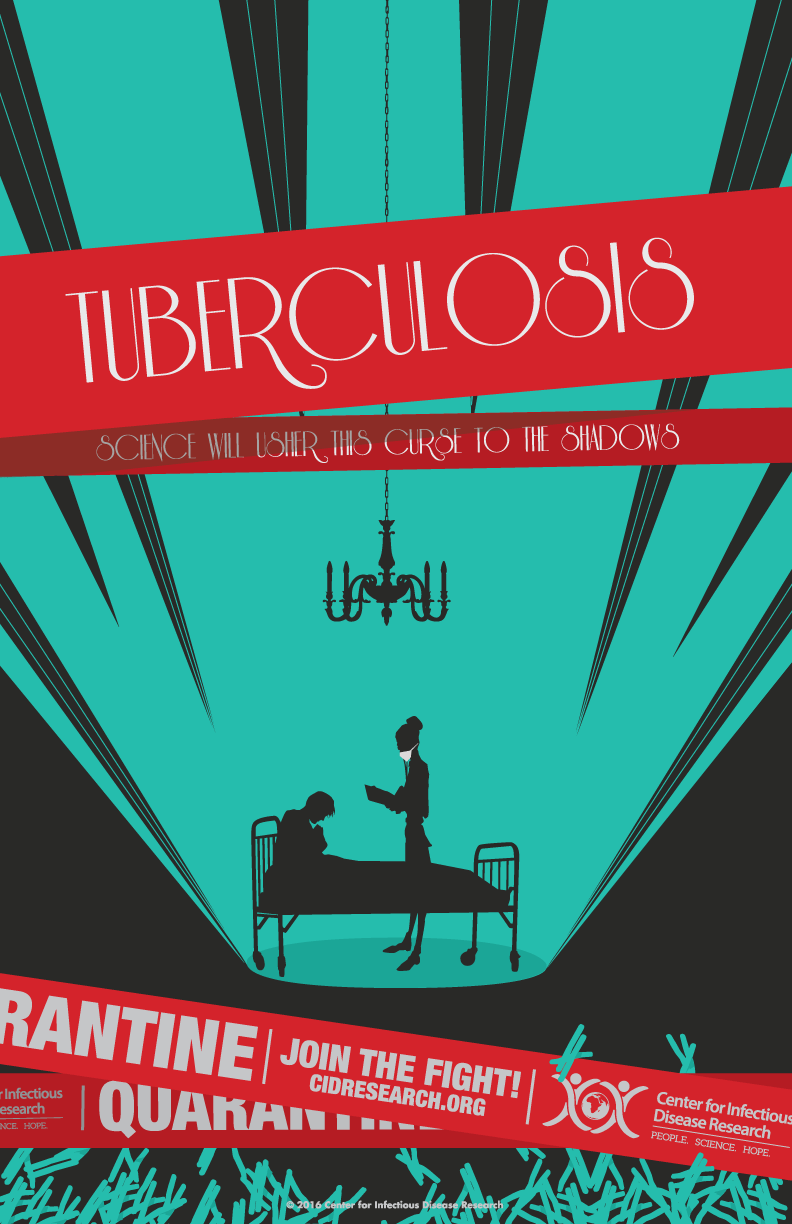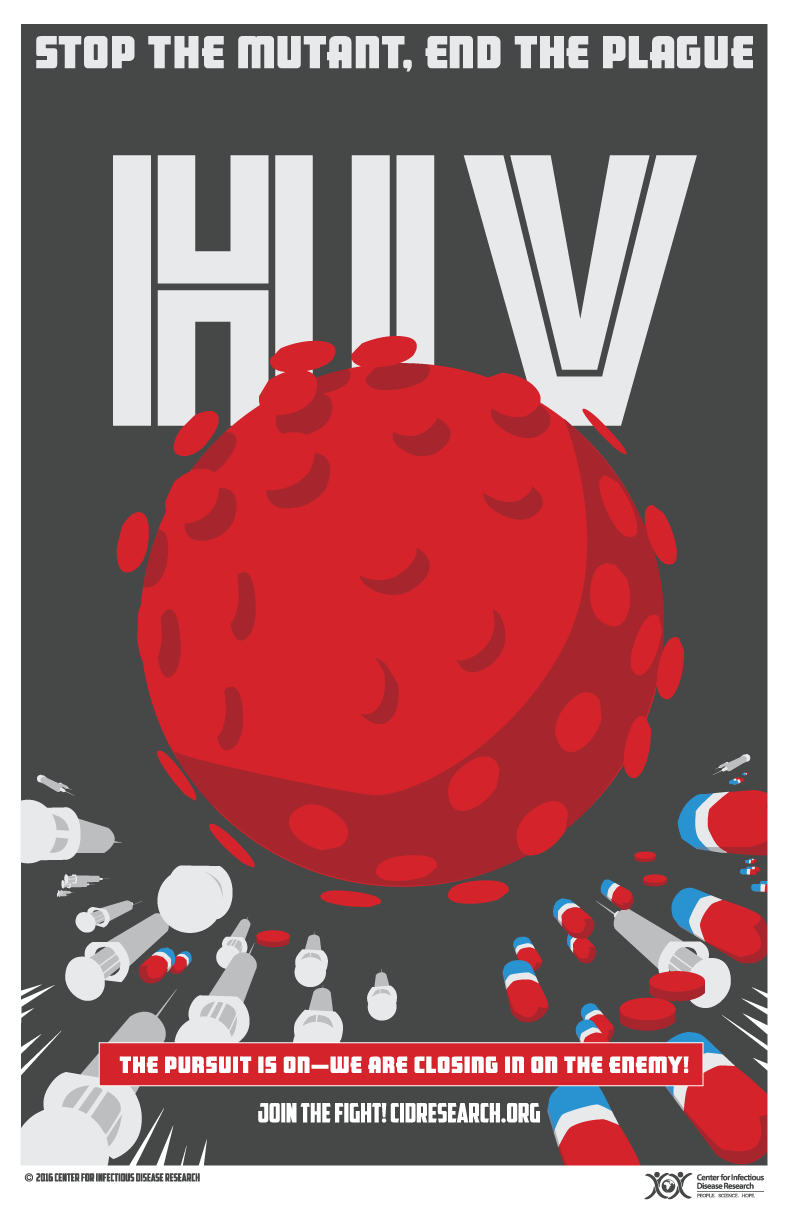New Movie Posters Turn Scientists Into Superheroes
The Center for Infectious Disease Research recasts the fight against disease in a series of movie and comic book-style posters
Doctors at the Centers for Disease Control, National Institutes of Health and universities and institutions around the world do heroic work combating infectious diseases. But it's rare that researchers get the heroic treatment—limited to fictitious accounts of them morphing into the Incredible Hulk or chasing down Ebola monkeys with Morgan Freeman.
It's understandable. Peering into a microscope or filling out a grant application is not necessarily cinematic gold. But John Aitchison, the Scientific Director of the Seattle-based nonprofit Center for Infectious Disease Research recently had an epiphany. Capturing public attention—whether it’s an immediate threat like Zika or the ALS Ice Bucket Challenge—can have profound impacts on research. That’s why he commissioned and recently released a series of posters called “Human vs. Pathogen” depicting the fight against infectious disease as a comic book-style battle.
“It is an interesting time to work in the field of infectious diseases. Zika and Ebola captured the world’s attention and concern like nothing we’ve seen since the dawn of the AIDS pandemic,” he writes on the CIDR blog. “With the eyes of the world on these diseases, mountains were moved. Research dollars flowed in, red tape was cut, and the resulting forward progress over the ensuing months and years—researching and understanding the viruses, developing a pipeline of potential cures—amounts to more than has occurred in the previous decades for these diseases.”
The posters combine comic book imagery, classic movie posters and World War II era public health posters, and attempt to re-frame the fight against infectious diseases as hard-fought battles. “At the most basic level, we hope to capture a few imaginations, pique curiosity, and ultimately encourage more people to be advocates for infectious disease science, in every medium,” Aitchison writes.
CIDR has reached out to non-scientists in the past, releasing a playlist of songs related to diseases they are researching in August and having one lab researcher post a photo from her lab every day for 100 days, showing the slow but steady progress of research.
The posters, designed by the firm Motive, emphasize diseases that researchers feel they can conquer with a little more funding and attention. One poster reads “Tuberculosis: Science Will Usher This Curse to the Shadows.” The HIV poster casts the disease as a B-movie monster, reading “Stop the Mutant, End the Plague.” Another poster on sleeping sickness is a take on the image for the Hitchcock movie Vertigo, with the slogan, “The Night is Long, but Dawn Approaches…A New Day of Discovery is Upon Us!” The most successful poster, however, is a Superman-esque image of doctor punching a giant mosquito. It reads, “Malaria: Man vs. Mosquito. The Bug is On the Ropes!”
Aitchinson has no illusions that the posters will ignite an outpouring of public support for disease research, but he does hope it inspires a few extra donations to CIDR’s research.



